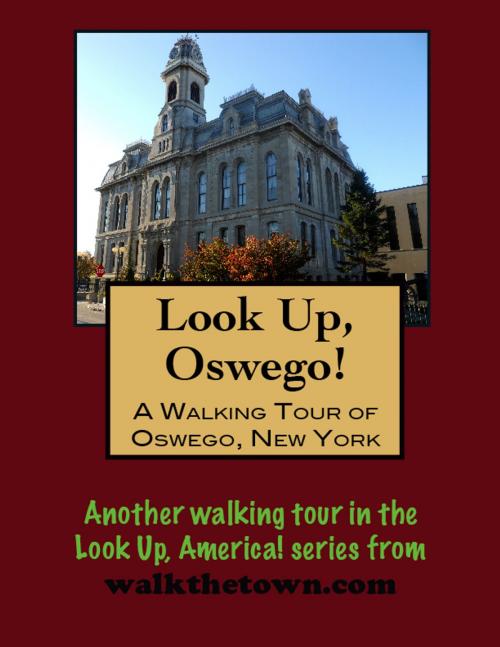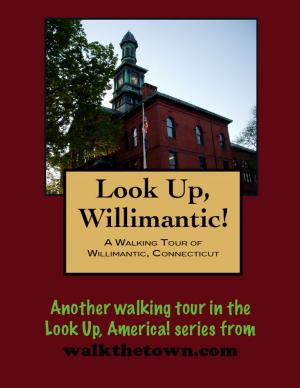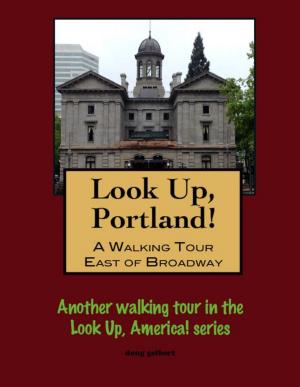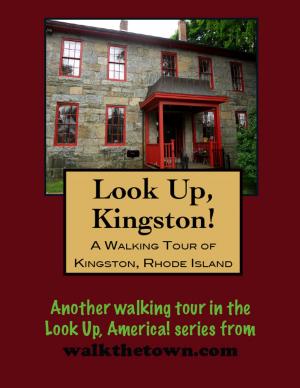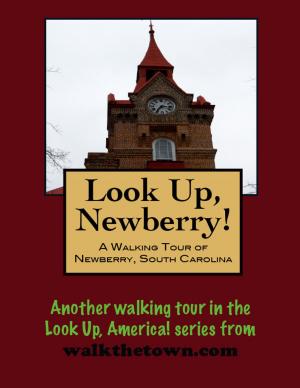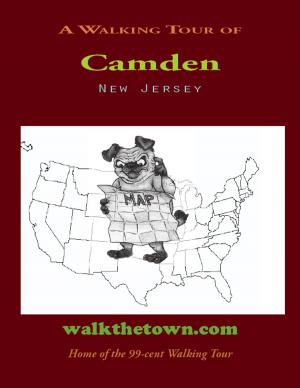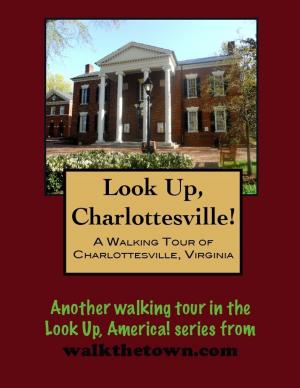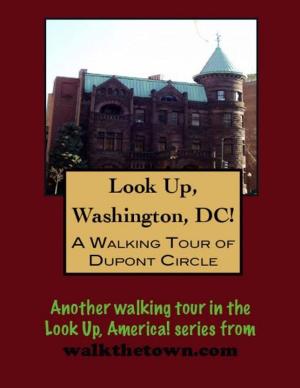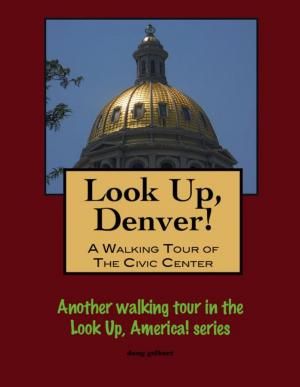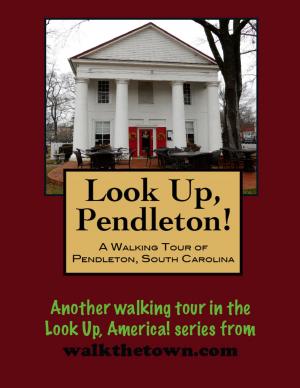| Author: | Doug Gelbert | ISBN: | 9781458003898 |
| Publisher: | Doug Gelbert | Publication: | February 1, 2011 |
| Imprint: | Smashwords Edition | Language: | English |
| Author: | Doug Gelbert |
| ISBN: | 9781458003898 |
| Publisher: | Doug Gelbert |
| Publication: | February 1, 2011 |
| Imprint: | Smashwords Edition |
| Language: | English |
There is no better way to see America than on foot. And there is no better way to appreciate what you are looking at than with a walking tour. Whether you are preparing for a road trip or just out to look at your own town in a new way, a downloadable walking tour is ready to explore when you are.
Each walking tour describes historical and architectural landmarks and provides pictures to help out when those pesky street addresses are missing. Every tour also includes a quick primer on identifying architectural styles seen on American streets.
The point where the Oswego River flows into the open waters of Lake Ontario was visited by French explorer Samuel de Champlain in 1615 and was well known to early travelers. The English finally got around to establishing a trading post here in 1722 and a crude fort followed five years later. In 1755 a full contingent of 700 men arrived and constructed two fortifications - Fort Ontario on the east bank of the river and Oswego New Fort on the west side. The English would remain in possession of Oswego until late in George Washington’s second term as President when the Jay Treaty went into effect on February 29, 1796.
Building lots and public squares were laid out in 1797 as Oswego became America’s first freshwater port. Freight was transferred between rafts from inland waterways and larger lake schooners. The War of 1812 interrupted Oswego’s march of progress and Fort Ontario was laid waste by the British but Oswego County was established after the war ended in 1816 and the town once again anticipated a bright future as the largest port on the Great Lakes. Those hopes were temporarily dashed by the construction of the Erie Canal that opened the western lands to Lake Erie and not Lake Ontario. New York’s canal-building craze soon linked Oswego with the Erie Canal in 1828 and when Canada opened an easy water route between Lake Erie and Lake Ontario with its Welland Canal in 1840, Oswego was primed for a boom time.
By 1850, Oswego had become the largest American port for Canadian imports and was collecting more customs receipts than all but three ports in the country. The Oswego River and the adjacent boat basin were crowded with canal boats and lake schooners, flouring mills, shipyards and drydocks. The world’s largest starch family located here and there was a large iron factory churning out steam shovels and dredges and railway carriage works and repair shops and box factories. Vast quantities of grain and timber and coal and salt moved through the port. A business district of three and four-story warehouses and business blocks developed along West First Street and Bridge Street.
The Oswego streetscape has been altered through the years by fire and urban renewal but a significant handful of buildings remaining from the glory days of the mid-1800s. Our walking tour will visit both sides of the Oswego River and we’ll start on a public green that was laid out on the east side in 1797 when the city of Oswego was laid out...
There is no better way to see America than on foot. And there is no better way to appreciate what you are looking at than with a walking tour. Whether you are preparing for a road trip or just out to look at your own town in a new way, a downloadable walking tour is ready to explore when you are.
Each walking tour describes historical and architectural landmarks and provides pictures to help out when those pesky street addresses are missing. Every tour also includes a quick primer on identifying architectural styles seen on American streets.
The point where the Oswego River flows into the open waters of Lake Ontario was visited by French explorer Samuel de Champlain in 1615 and was well known to early travelers. The English finally got around to establishing a trading post here in 1722 and a crude fort followed five years later. In 1755 a full contingent of 700 men arrived and constructed two fortifications - Fort Ontario on the east bank of the river and Oswego New Fort on the west side. The English would remain in possession of Oswego until late in George Washington’s second term as President when the Jay Treaty went into effect on February 29, 1796.
Building lots and public squares were laid out in 1797 as Oswego became America’s first freshwater port. Freight was transferred between rafts from inland waterways and larger lake schooners. The War of 1812 interrupted Oswego’s march of progress and Fort Ontario was laid waste by the British but Oswego County was established after the war ended in 1816 and the town once again anticipated a bright future as the largest port on the Great Lakes. Those hopes were temporarily dashed by the construction of the Erie Canal that opened the western lands to Lake Erie and not Lake Ontario. New York’s canal-building craze soon linked Oswego with the Erie Canal in 1828 and when Canada opened an easy water route between Lake Erie and Lake Ontario with its Welland Canal in 1840, Oswego was primed for a boom time.
By 1850, Oswego had become the largest American port for Canadian imports and was collecting more customs receipts than all but three ports in the country. The Oswego River and the adjacent boat basin were crowded with canal boats and lake schooners, flouring mills, shipyards and drydocks. The world’s largest starch family located here and there was a large iron factory churning out steam shovels and dredges and railway carriage works and repair shops and box factories. Vast quantities of grain and timber and coal and salt moved through the port. A business district of three and four-story warehouses and business blocks developed along West First Street and Bridge Street.
The Oswego streetscape has been altered through the years by fire and urban renewal but a significant handful of buildings remaining from the glory days of the mid-1800s. Our walking tour will visit both sides of the Oswego River and we’ll start on a public green that was laid out on the east side in 1797 when the city of Oswego was laid out...
